We say goodbye to the more potent version of BMW's electric hatchback. Was it any fun to drive outside commuter hours?
Life with a BMW i3S: Month 6
Time to say goodbye to BMW’s nippy hatchback. Was a decent spell of EV ownership an electrifying experience? - 24th December 2019
Long before it was time to hand the keys back to BMW, the i3s had sparked more interest from Autocar readers than anything else I’ve had the opportunity to report on. I’m grateful for all the messages, tips and positive words from owners, who clearly all love theirs and are fully converted to the EV way of life – but as much as a stretch behind the wheel opened my eyes, I’d still hesitate before making the switch.
Little of that can be blamed on the car, which proved capable and entertaining. I’d argue the i3s is the first electric hot hatch, with rapid off-the-line pace and instant response that made it feel surprisingly at home on twisty B-roads. It has the rear-driven character you’d expect of a BMW but not quite the ability to fully exploit it, on account of the restrictive traction control system and tall bodystyle. A lower, more focused car with the same underpinnings would be a very fun thing indeed. Is there room in the Toyota-BMW partnership plan for a reborn MR2?
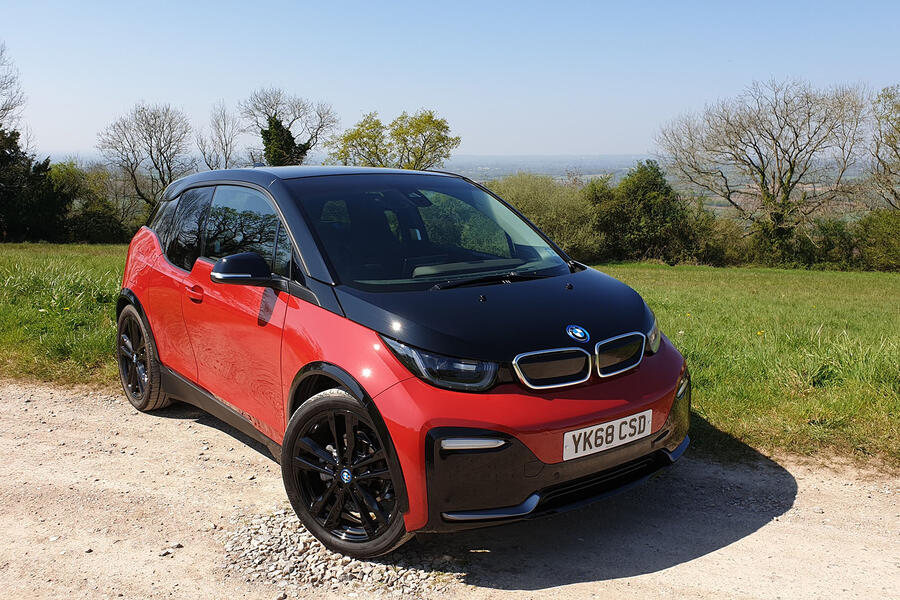
It’s a practical car, too. Tall yet small, with a good view of the road ahead and the turning circle to fit into just about any parking space. The boot isn’t the biggest but more than sufficient for a weekly supermarket shop or a pair of weekend bags, and the folding rear bench meant I even managed to fit a small dining table (plus chairs) inside although the person I collected them from said it was much easier fitting them in the back of a three-door Mini. Blame a floor full of batteries.
As for the i3’s backwards-opening rear doors, they give great access should you need to fit a child seat, but I imagine they’d have quickly become frustrating if I’d used them more. You can’t let rear passengers out without jumping out yourself, and getting in did prove a struggle with other cars parked either side of you.
My biggest issue with the i3s was its ride, which could be comically harsh at times. A back-to-back drive in a regular i3 on smaller wheels proved to me that 20in alloys and run-flat tyres don’t make much sense on a car that’s likely to spend most of its time in town, however good they look, filling those widened wheel arches. Still, I was happy to put up with it in return for grin-inducing performance.
That alone wouldn’t be enough to make me pause before making the i3 my only means of transport, but I feel it could have done a better job at helping me overcome my range anxiety. ‘How many miles you have left’ didn’t ever seem to be how many miles I had left, with the car reporting wildly varied amounts after completing a charge, even if my driving style had barely changed between top-ups. I’m also aware that my time with the car was spent in part over the summer. My next longterm test car will also be an EV, but this time I’ll be running it through the depths of winter, so I’ll be keeping a close eye on temperatures and how they affect battery drain.
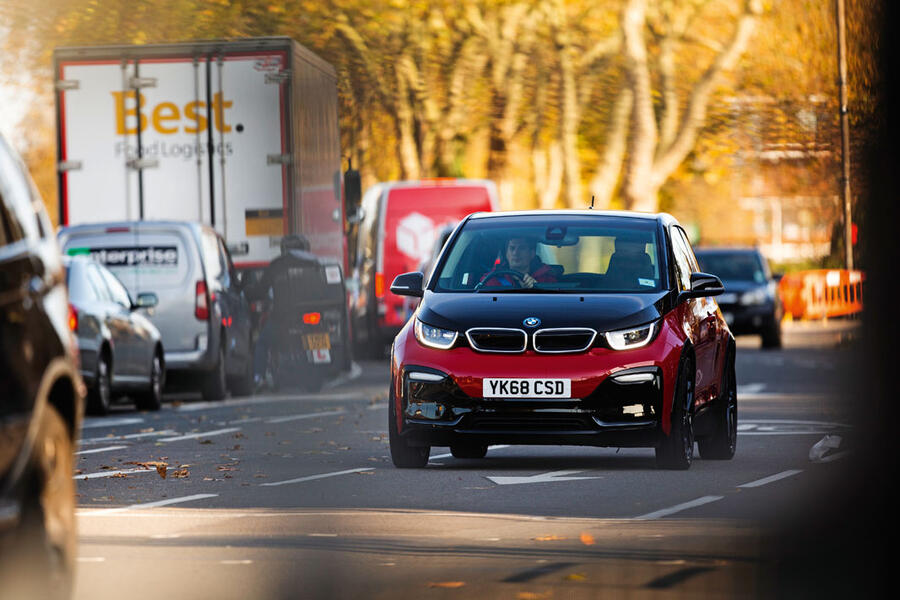
I didn’t feel I was missing out by not having a charging point at home, as I had one at the other end of my commute, but the need to rely on the UK’s still-maturing charging network meant this wasn’t a car I’d ever have taken on a long drive just for the sake of it. My experience with public charging points was more negative than not, with charging bays sometimes taken by internal combustion engined cars, broken fast chargers and a confusing number of accounts to register for all conspiring to spoil my transition from fossil fuel.
The speed at which regular motorway driving could sap the battery didn’t inspire confidence, either. I would tackle 100-mile trips in Eco mode, even though the car is more than capable of doing that kind of distance without needing to recharge, because the thought of running out of power and being stranded was worse than engaging cruise control and slipstreaming an HGV at 56mph.
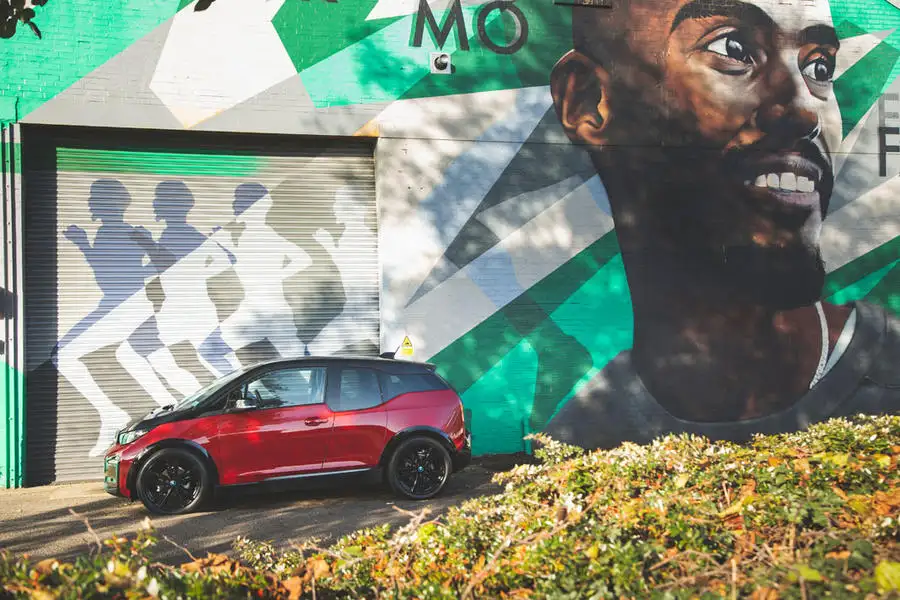
I think undertaking some true long-distance drives would have helped get me over this apprehension and I was in the planning stages of one towards the end of my i3 tenure, but poor timing meant it didn’t pan out unfortunately.
EV ownership was a journey I was taking alongside more people than ever, with hybrid and pure-electric car sales accounting for one in 10 registrations in October. Whether the i3 will account for many of those in the future is tough to predict.
It’s currently one of the quickest compact EVs on sale, but if size isn’t everything, the £43,000 asking price of our test car, including options, puts it more than £5000 more expensive than a base Tesla Model 3 – which also promises more range and access to Tesla’s Supercharger network.
It’s more fun to drive than any of its direct rivals today, but as the number of affordable electric hatchbacks increases, I’m not sure the BMW’s quirky doors and expensive carbonfibre construction will tempt customers away from more conventional alternatives
Second Opinion
I really like the i3s, but not quite all of it. I love the looks, proportions, performance and interior choices. Its compactness is great and the agility is close to full-on hot hatch. I also admire BMW’s ambition in committing itself so early and wholeheartedly to a new-era design. Sadly, however, other cars have caught up in five years. They’re now more practical, more ordinary and go a lot further. They ride better, too. So although my heart says our household needs one of these, my head tells me to shop elsewhere.
Steve Cropley
Love it:
Instant torque Brilliantly nippy at traffic lights and junctions in a way that combustion-engined cars simply can’t match.
Airy cabin Feels more like a living room, with environmentally friendly materials echoing its green credentials.
Compact dimensions Short overhangs make parking in even the tightest of multi-storey car parks a breeze.
Loathe it:
Ride quality It’s simply too stiff for a car that spends most of its time being driven over battered city roads.
Coach doors Backwards-opening rear doors are flashy but less than practical for anything other than occasional use.
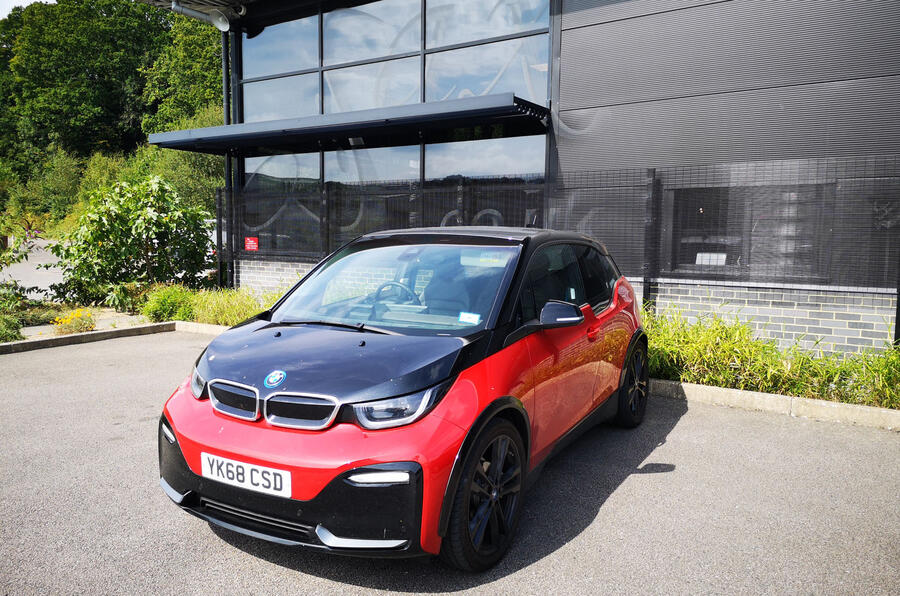
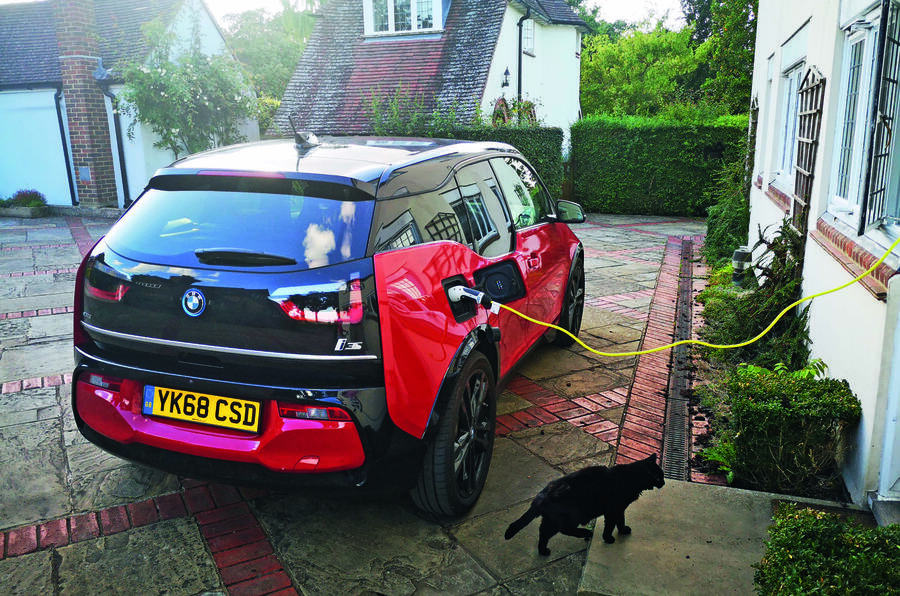
Love it:
Braking without braking Regenerative braking took some getting used to, but not pressing a pedal to slow is oddly satisfying.
Loathe it:
Cable health and safety Charging cable threaded through a window isn’t just ugly, it’s the perfect height to garrotte a child…
Mileage: 6381
Coasting’s easier than you think - 18th September 2019
Given how aggressive the i3’s regenerative braking can be, no option to disable or reduce it, and the precision needed to control it using the throttle and your foot alone, one way to maintain speed while also maximising available range is to shift into neutral and coast where possible. The shifter (above) is sited largely out of your eyeline while driving so I was initially worried about knocking it into reverse by mistake, but sensibly the car won’t let you do that while travelling at speed.




Aucun commentaire:
Enregistrer un commentaire